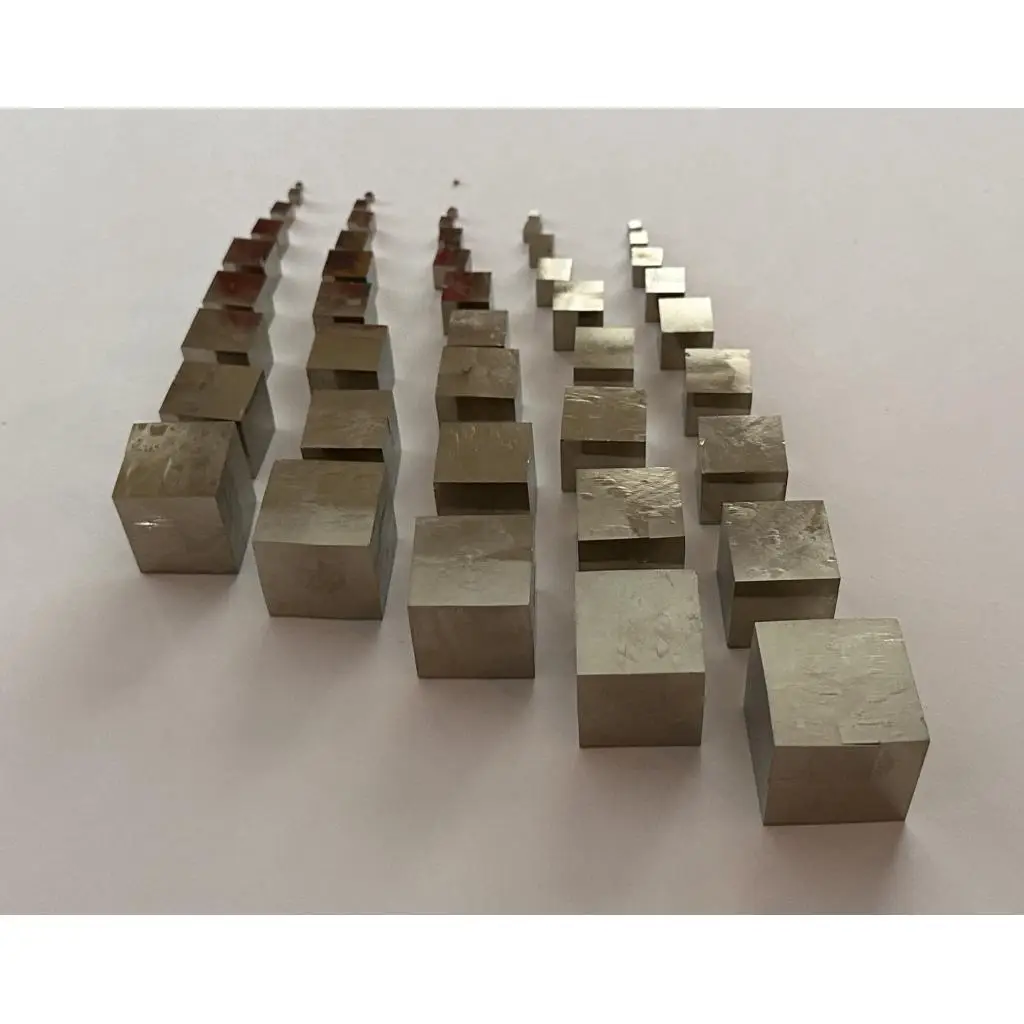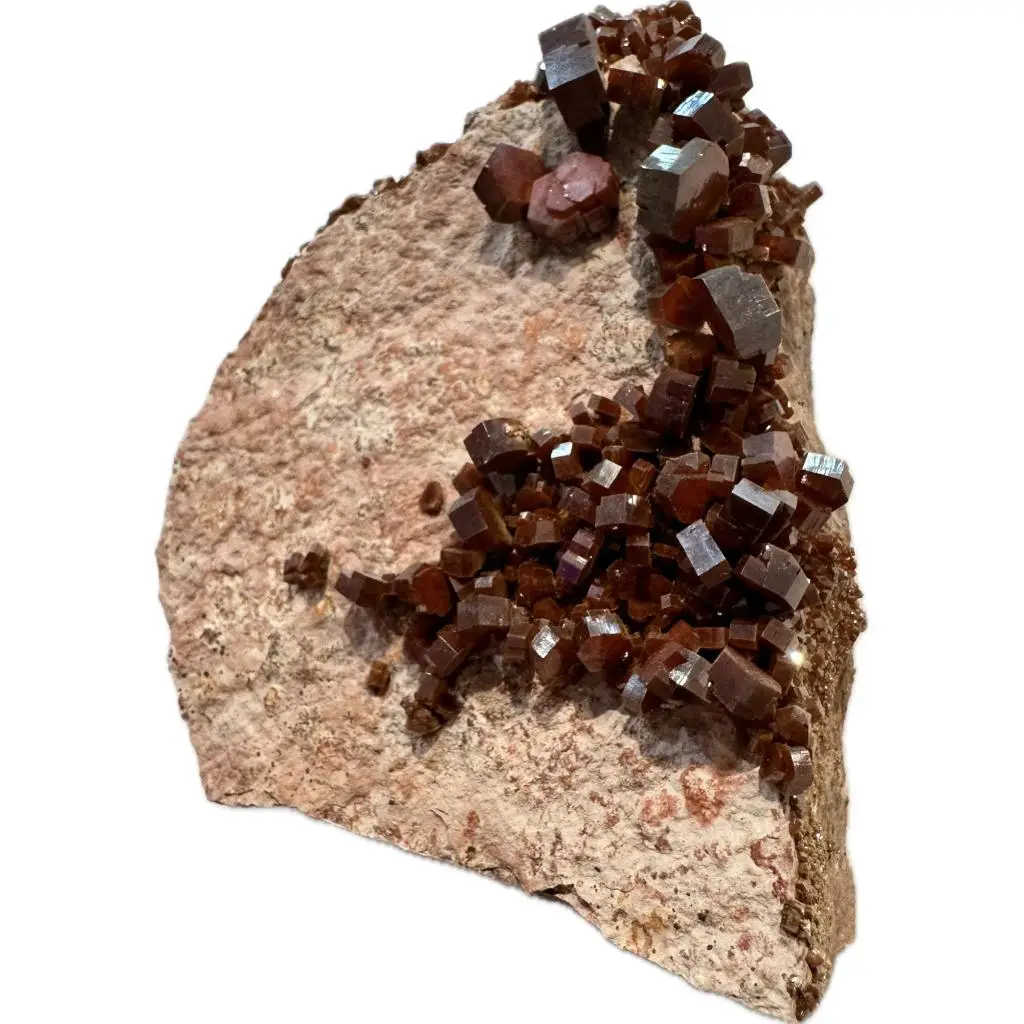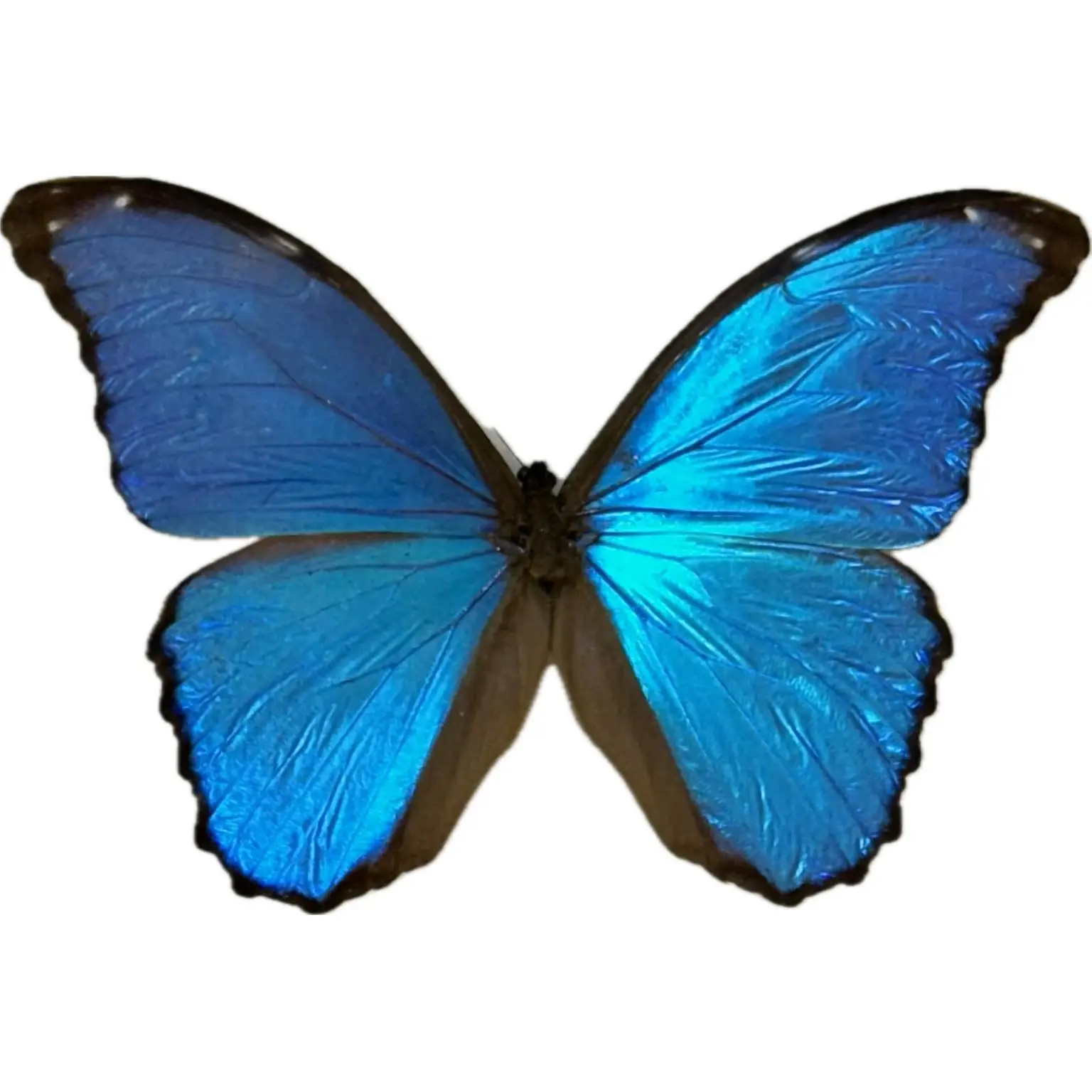Rose Quartz, The Love stone!
Rose quartz is a beautiful and popular gemstone known for its delicate pink hue and associations with love and romance. This enchanting crystal has been revered for centuries, and its symbolism extends beyond its aesthetic appeal, capturing the essence of love in various cultures and beliefs.
Geological Origins: Rose quartz is a type of quartz that gets its soft pink color from trace amounts of titanium, iron, or manganese within the crystal structure. Its delicate shade ranges from pale pink to a deeper rosy hue, and it is often found in massive formations rather than distinct crystals. The gemstone is primarily mined in Brazil, Madagascar, South Africa, and the United States.
Cultural and Historical Significance: Throughout history, rose quartz has been highly regarded for its associations with love and beauty. Ancient civilizations, including the Egyptians, Greeks, and Romans, believed in the powerful energy and positive vibrations emitted by this crystal. Legend has it that Cupid, the Roman god of love, brought rose quartz to Earth as a gift for humans, imbuing the stone with the ability to promote love and harmony.
In ancient Egypt, rose quartz was often used in jewelry and talismans. The Egyptians believed that wearing rose quartz close to the skin could promote love, fertility, and emotional healing. The crystal was also used in the art of facial masks to enhance beauty and radiance.
Symbolism of Love and Romance: Rose quartz is commonly referred to as the “love stone” due to its strong association with matters of the heart. Its gentle and soothing energy is believed to open the heart chakra, encouraging unconditional love, compassion, and harmony in relationships. The crystal is thought to attract and strengthen romantic connections, making it a popular choice for couples and those seeking to enhance their love life.
The soft, rosy glow of rose quartz symbolizes tenderness and affection, making it an ideal gift for expressing love on special occasions such as anniversaries, weddings, or Valentine’s Day. Many people choose to exchange rose quartz jewelry, such as rings, necklaces, or bracelets, as a token of their love and commitment.
Healing Properties: In addition to its symbolic significance, rose quartz is believed to possess healing properties for emotional and spiritual well-being. The crystal is thought to aid in the release of emotional wounds, past traumas, and negative energies. By promoting self-love and acceptance, rose quartz can help individuals cultivate a positive mindset and open themselves to the experience of love.
Using rose quartz in meditation or placing it in the bedroom is a common practice to enhance feelings of love and tranquility. The crystal’s calming energy is believed to soothe tension, reduce stress, and create an atmosphere conducive to emotional healing and intimacy.
Feng Shui and Rose Quartz: In the practice of Feng Shui, the ancient Chinese art of harmonizing the energy in one’s environment, rose quartz is often employed to attract positive energy and promote love within the home. Placing rose quartz in the bedroom, particularly in the Southwest corner, is believed to enhance the romantic energy and improve the overall balance of relationships.
Spiritual Connection: Rose quartz is also associated with various spiritual traditions and metaphysical beliefs. Some believe that the crystal can enhance spiritual growth, strengthen intuition, and deepen one’s connection with the divine. The gentle and loving energy of rose quartz is said to create a sense of inner peace, fostering a harmonious balance between the mind, body, and spirit.
Care and Cleansing: To maintain the positive energy and vibrational properties of rose quartz, proper care and cleansing are essential. The crystal is relatively durable but can be sensitive to extreme temperatures and harsh chemicals. It is recommended to clean rose quartz with mild soap and warm water, avoiding exposure to direct sunlight for extended periods.
To recharge the crystal’s energy, many people choose to place it in moonlight or sunlight for a few hours. Additionally, using other cleansing methods such as smudging with sage or placing the crystal on a bed of sea salt are common practices to remove any accumulated negative energies.
Conclusion: In conclusion, rose quartz is a captivating gemstone that transcends its physical beauty to symbolize love and romance in various cultural, historical, and spiritual contexts. Whether used as a token of affection, a tool for healing, or a decorative element in the practice of Feng Shui, rose quartz continues to captivate hearts and minds with its timeless association with the most powerful and universal emotion – love. As individuals embrace the positive energy and symbolism of rose quartz, they not only adorn themselves with a beautiful gem but also invite the essence of love into their lives in a meaningful and profound way.











